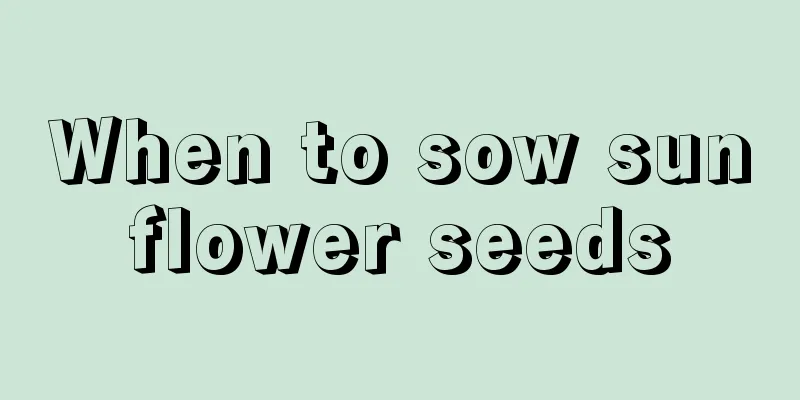Can bougainvillea be grafted?

1. Cutting conditions① Time: The best time for bougainvillea cuttings is from March to June, because the branches in spring grow vigorously and have strong vitality, and the humidity and temperature of the soil are more suitable for the growth and reproduction of the plant. ② Temperature: When the indoor temperature in northern regions is above 20℃ in winter, cuttings can also be carried out, because its suitable growth temperature is 20-25℃. The indoor temperature in the north is dry and warm, and it is also easy for the plants to survive. 2. Steps for cuttingsChoose one-year-old semi-lignified branches, trim them to 10-15cm, insert them into the soil at a depth of about 4-6cm, and make holes in the soil. Then water them thoroughly and move them to a shaded place at 20-25℃ for maintenance. They will take root in 20-25 days and can be potted after 40 days. After rooting, it should be moved to the sunlight to fully carry out photosynthetic reaction, ensuring sufficient light for at least 8-10 hours a day to make the plant stronger. 3. NotesAfter cuttings, foliar fertilizer should be applied with nitrogen, phosphorus and potassium fertilizers. You can spray 1/1000 potassium dihydrogen phosphate aqueous solution and urea once every ten days. |
<<: How to propagate bougainvillea
>>: How to prune bougainvillea to make it bloom more
Recommend
The flowers of Kalanchoe are scattered and not thriving, but if you feed them an "egg yolk", the flowers will bloom unstoppably!
Autumn is here, and the flowers have endured a ho...
What to do after jasmine blooms
1. Pruning In June, it will bloom its early flowe...
Environmental conditions and characteristics of wormwood growth
Environmental conditions and requirements for the...
Why doesn't Clivia bloom?
1. Mismatch of nutrients This plant has different...
How to save shallot seeds
Shallot seeds introduction Shallots are also call...
What happens if you water the agave too much? How often should you water it in summer?
1. What happens if you water too much? It is drou...
What to do if the leaves of the lucky tree dry up
1. Exposure to light It is a plant that prefers s...
The reproduction method of Mongolian yew
sowing Sowing time Like most plants, they can be ...
How to store daffodil bulbs after they bloom
Should the bulbs be thrown away? When many people...
How to grow oranges in pots? Cultivation methods and precautions for orange pots
How to grow oranges in pots 1. Potting soil: When...
Cultivation methods and precautions of wintersweet
1. Breeding methods 1. Soil: It prefers loose, br...
How to water Allium orchid
Watering according to habit This kind of flower p...
What variety of cucumber is best for growing in dry land?
The dry cucumber is a special variety of cucumber...
Does mango prefer shade or sun?
Does mango prefer shade or sun? Mango is a fruit ...
The newly bought flowers have grown into this horrible state. The difference is so big that I want to throw them away every minute!
Sellers' Show vs Buyers' Show 1. Gagaku D...









